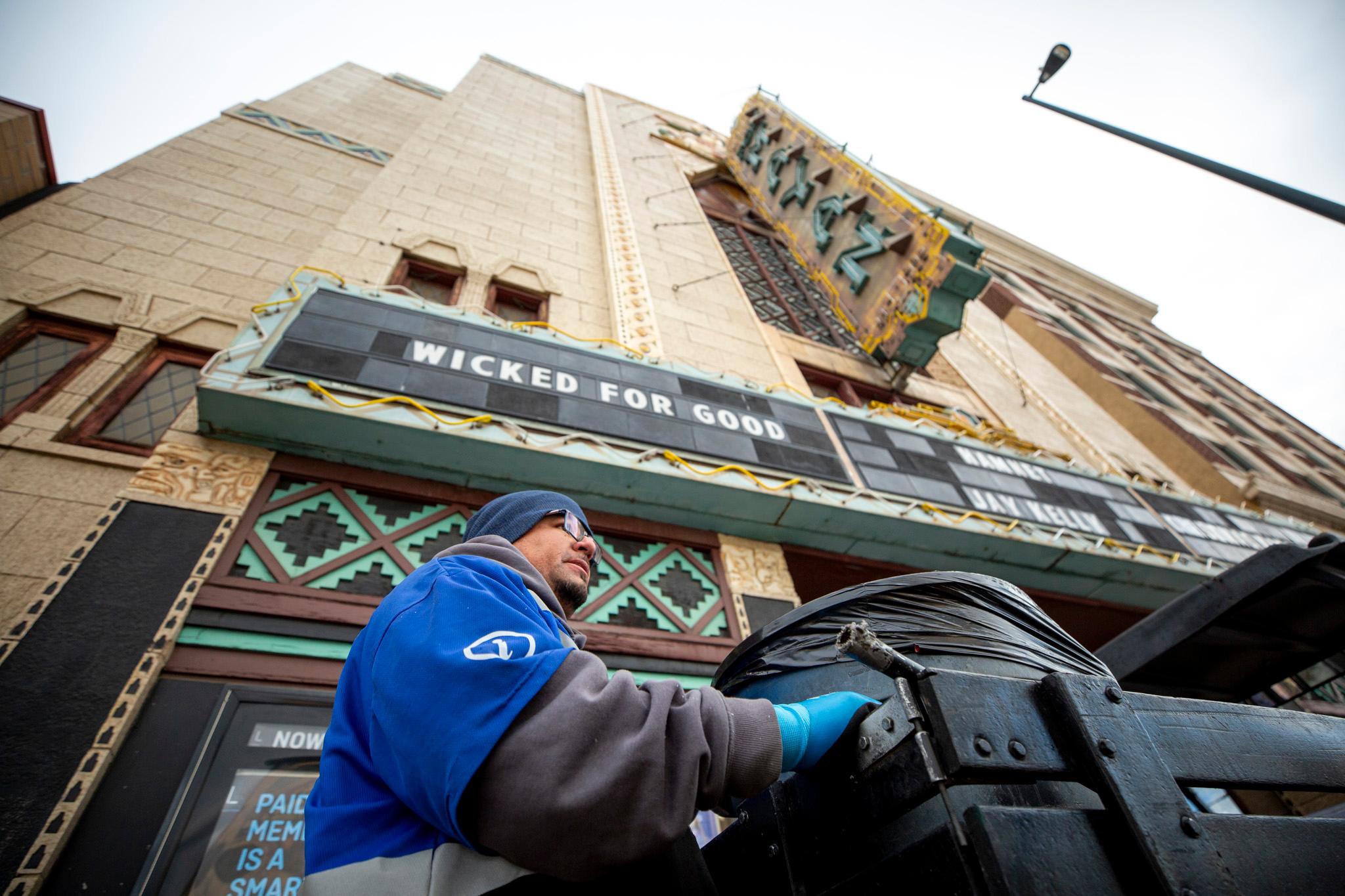
Marijuana use has changed in the last 20 years. Shocking, I know. A study recently published in the Journal of Drug Issues combed through a decade of drug-use surveys to accumulate the most detailed and substantive look at marijuana users and their pre-legalization habits, the Washington Post reports.
Steven Davenport of Pardee RAND and Jonathan Caulkins from Carnegie Mellon analyzed federal drug surveys conducted between 2002 and 2013 and found that a comparatively small group of users use most of the country’s weed, more frequently than ever before. These users are often poor and uneducated, and risk arrest significantly less often than in the ‘90s.
Frequency of Use
In 1990, one out of nine respondents who reported using marijuana within the last month smoked daily or almost daily. As of 2013, that number had jumped to one in three. Caulkins interpreted that data to mean that within the last 20 years, marijuana use changed to more closely resemble tobacco use than alcohol use. That is, more people use it every day, rather than indulging once in a while.
About 15 percent of users spend a quarter of their total income on marijuana.
The average user indulges periodically -- and doesn’t consume much when they do. But average users don’t account for the majority of marijuana bought and sold.
The study suggests that adults with a less than a high school education account for about 13 percent of the population, but about 19 percent of total marijuana use. Furthermore, Americans with household incomes of less than $20,000 purchase about 29 percent of total marijuana.
This means that poorer households with family members who consume spend a high proportion of income on marijuana.
"Most people who have used marijuana in the past year are in full control of their use and are generally happy with that use," Caulkins wrote in an email to the Washington Post. "Consumption is highly concentrated among the smaller number of daily & near-daily users, and they tend to be less educated, less affluent, and less in control of their use.”
Marijuana purchases have risen while marijuana-related arrests have fallen.
In 2002, there was one arrest for every 550 purchases made. By 2013, that number had fallen to one in 1,090 purchases, as states had begun liberalizing marijuana policy by that time.
The Washington Post reports that much of the remaining risk is still borne by non-white users.
The study says nothing about legalization.
The data analyzed in the study stops before legalization, so the authors concede the study in no way provides evidence for the success or shortcomings of legalization.
But the information provided clearly differentiates the average user from the heavy user. Caulkins recommends policymakers consider both demographics when considering just how to safely legalize.
Multimedia business & healthcare reporter Chloe Aiello can be reached via email at [email protected] or twitter.com/chlobo_ilo.
Subscribe to Denverite’s newsletter here.











